Nothing like a little propaganda for your pocket. The following food themed Czech Matchbox Graphics labels create a miniature gallery of Czechoslovakian society under the rule of communism.
Matchbox labels from the former Eastern bloc often display a remarkable degree of sophistication, elegance and artistic quality.
They were, at a time, the most convenient,efficient and powerful medium for visual communications.
Although they were produced under strict state-controlled production processes; that were aimed at exploiting them as a means of publicizing political initiatives, promoting public health and safety, and selling the communist ideal both at home and abroad, the artists used them as a vehicle to experiment with various imaginative ideas and artistic techniques, achieving truly stunning results.
Ubiquitous, cheap and disposable, the matchbox has been adorned with advertisements for everything from refrigerators to motor oil.
It has been a vehicle for empire-building as much as for promoting the corner restaurant.
In the countries of the former Soviet bloc, the state-controlled production of matchbox labels was exploited as a means of publicising political initiatives, promoting public health and safety, and selling the communist ideal both at home and abroad.
The matchbox labels illustrated here are the product of three Czechoslovakian factories – Soho Lipnik, Solo Susice and Smrecina B.Bystrica – and span a 30-year period from the early 1950s.
The Solo match company began life in 1834 – just seven years after the first documented sale of matches.
At the turn of the century, at the time of a war in match supply, the many small operations that had grown up were amalgamated and the large Solo Lipnik factory in Moravia and Solo Susice factory in Slovenia were founded, to be joined in the early 1950s under the Solo banner by the Bystrica works.
These matchbox labels have been produced by three Czechoslovakian factories; Soho Lipnik, Solo Susice and Smrecina B.Bystrica.
The Solo match company was established in 1834. In the early twentieth century, there were a price war among suppliers, and many small operations were overtaken by their competitors or had to join forces in order to compete, thus factories like Solo Lipnik in Moravia and Solo Susice factory in Slovenia were appeared, and later in the early 1950s merged under the Solo brand by the Bystrica works.
In the aftermath of the German occupation of Czechoslovakia, the Solo factories were ordered to print labels designed by the central German matchbox monopoly in Berlin.
Later, after the defeat of Germany, when Soviets created the People’s Republic of Czechoslovakia in 1948, the Solo factories came under the auspices of Soviet central government.
All printed communications were vetted, and matchbox label designs were controlled through the state publishing enterprise Orbis, which commissioned the printing and supplied the factories with finished sheets.
During this period the two Solo factories also independently produced over 20 sets of labels a year, from one-off designs to collections of up to 30 different types.
Following the German occupation of Czechoslovakia before the Second World War, the Solo factories were required to print labels to designs issued by the central German matchbox monopoly in Berlin.
With the formation of the People’s Republic of Czechoslovakia in 1948, the Solo factories came under the auspices of Soviet central government.
All printed communications were vetted, and matchbox label designs were controlled through the state publishing enterprise Orbis, which commissioned the printing and supplied the factories with finished sheets.
During this period the two Solo factories also independently produced over 20 sets of labels a year, from one-off designs to collections of up to 30 different types.
Labels from the period are most often available in their unglued form, ready to be fixed to thin wooden matchboxes.
This type of box was superseded in the west in the late 1970s by the printed and folded card boxes known as skillets, but has only recently become obsolete in the former Soviet bloc countries.
Many labels will still be found in uncut sets, a result of factories having to provide the collectors’ associations with copies and details of every label produced.
These provide excellent records of the political and social programmes that the labels depict.
Subject matter was determined by whoever sponsored the set – state enterprises, government ministries or organizations such as the Red Cross.
Such groups either employed specialists or used their own in-house designers, with a consequent variation in quality and style.
Early endorsements of communism include labels to commemorate the Soviet Five Year Plan, the space programmes and the continuing fight against capitalism through celebrations of the October Revolution and the Liberation of Europe.
Techniques of reproduction are crude and usually gain their effect through combinations of several flat colours.
Photographic reproductions are rare.
Sometimes paper stocks were changed to provide a different effect, but on the whole there is little variation in style over the 30-year period.
In Poland all five match factories published roughly the same labels – a level of control that is evident to varying degrees across the Soviet satellites.
In Czechoslovakia, the fierce pride and independence of the Dubeck period is reflected in the short-lived freedom and optimism of the labels.
But post Prague Spring, designs return to Soviet idealism, with editions celebrating the role of communism as the moderniser of society.
The building programme, social progress, welfare and technology advances are consistently reworked themes, with labels depicting details of industrial development, of factories and machinery, of transport, CSK and the Skoda factories.
The welfare factories commissioned many sets giving information akin to that provided by western public information campaigns on themes that include personal hygiene and road safety, energy conservation and pollution control.
Labels were produced ostensibly for internal Czechoslovak consumption, with no distinction made for the tourist trade.
As all industrial organisations were state-owned and therefore economically protected, set quotas had to be maintained, but factories faced limited competition, and then only from other closed communist economies.
Soviet manufactures produced cheap, simplistic labels for the internal market and more elaborate designs promoting tourism. In both instances, the state fight against capitalism was the continuing theme.
Collectors’ associations were encouraged by the authorities in many of the Eastern bloc countries.
Throughout the 1980s the Czechoslovak union of matchbox collectors numbered over 5,500 members in a population of 15 million (its closest relative in the UK had barely 1,000 members).
Such clubs were one of the few ways people were able to correspond and travel across the Iron Curtain.
The “political cultures” of the East European peoples — that is, their historically-molded political values, beliefs, loyalties, practices, and expectations — were not amenable to the political system of Soviet Communism.
In the interwar period, all the East European societies except Czechoslovakia had experienced one form or another of dictatorship, but none of them had exhibited much popular support for a Communist alternative.
Indigenous Communist parties, when permitted to organize, were generally of negligible importance in pre-1939 East European politics.
Even in Czechoslovakia, which, as the lone industrialized state in the region before the war, had by far the largest Communist party, only about ten percent of the vote went to Communist candidates in pre-war parliamentary elections.
Czechoslovakia was an anomaly in Eastern Europe; in no other country in the region except Bulgaria had pre-war Communist parties garnered more than trifling support; and in several countries, especially Romania, Hungary, and Poland, Communism was widely regarded as antithetical to traditional beliefs and values.
Despite the enormous impact of World War II on the political cultures of Eastern Europe, popular attitudes toward the Communist parties after the war changed surprisingly little in most countries.
The destructiveness and horrors of the war, to be sure, had thoroughly discredited the sociopolitical structures of the interwar period and had spawned a general desire for far-reaching social change.
Leftist parties had a favorable milieu in which to operate and seek electoral support. Nonetheless, the longing of most East Europeans for a sharp break with the pre-war social order — a sentiment that was evident in France, Great Britain, and Italy as well — did not translate into support for a Soviet-imposed version of Communism.
The popularity of the East European Communist parties had increased as a result of their participation in the anti-Nazi resistance and their advocacy of radical change, but in only a few countries (Albania, Yugoslavia, and Czechoslovakia) was this increase of major importance.
Without direct or implicit Soviet military backing, the Communist parties would not have been able to gain power in Eastern Europe except in Albania and Yugoslavia and perhaps eventually in Czechoslovakia. Indeed, in most of the East European countries the Communists would have been of little or no political consequence:
In Hungary, for example, the Communist party received only 17 percent of the vote in the 1945 elections (despite Soviet browbeating), and in Poland, as Khrushchev admitted, “the recognition which the Party received from the working-class and the people was never very deep-rooted or widespread.”Much the same was true of Romania and eastern Germany.
Furthermore, even if popular support for Communism had been stronger, the puissant sense of nationalism underlying the political cultures of all the East European states guaranteed that external domination by the Soviet Union would not be accepted easily. Even in Czechoslovakia, the willingness of the Communist Party to subordinate all its domestic and foreign positions to those of Moscow alienated large numbers of otherwise sympathetic voters, especially after the contrast between Czechoslovakia’s democratic heritage and the Stalinist dictatorship in the USSR had become apparent. The consequences of nationalist sentiments throughout the region were enormous: More than anything else, the Soviet Union’s role in establishing Communist regimes, and the continued subordination of those regimes to Soviet preferences and policies, thwarted efforts by the East European governments to acquire genuine legitimacy among their populations.
Solo Lipnik and Solo Susice are still in operation today, with the Lipnik factory recently renamed Morago AS Ltd following its privatisation. The trend towards private enterprise has encouraged local entrepreneurs to commission small numbers of labels for cafes, bars, and hotels, most of which used unsophisticated and crude designs reminiscent of poor quality yellow pages advertising. These provide an interesting contrast with labels from the communist era, their designs motivated by a desire to communicate idealistic messages to a wide audience. The lack of commercial pressure allowed a rich vein of originality and elaboration, the nearest parallel in collectable media perhaps being the development of the postage stamp.
Matchbox labels from the former Eastern bloc may display a certain naïvety, but nonetheless demonstrate a remarkable ability to communicate across language barriers. Produced for the most part as propaganda and controlled to a large degree by the state, they provide a fascinating insight into the operation of a fast-disappearing society.
Sources: Eye Magazine, A History of Graphic Design
* * * * *
Thank you in advance for your support…
You could spend hours, days, weeks, and months finding some of this information. On this website, we curate the best of what we find for you and place it easily and conveniently into one place. Please take a moment today to recognize our efforts and make a donation towards the operational costs of this site – your support keeps the site alive and keeps us searching for the best of our heritage to bring to you.
Remember, we rely solely on your donations to keep the project going.
We appreciate you more than you know!
If you have not already subscribed to get TresBohemes.com delivered to your inbox, please use the form below now so you never miss another post.

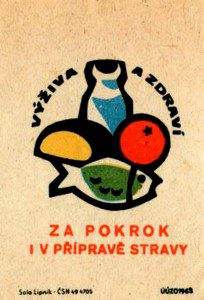
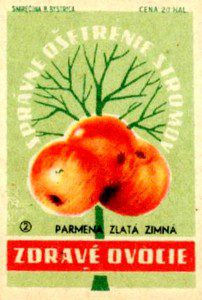
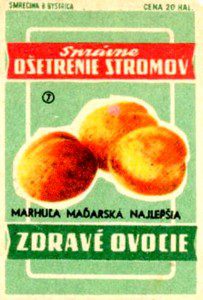
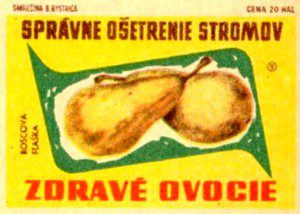
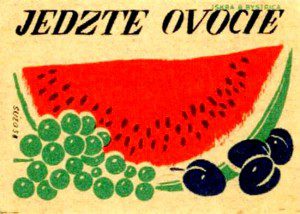
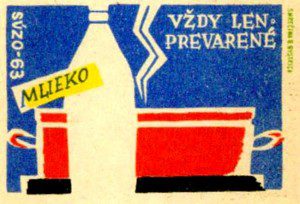
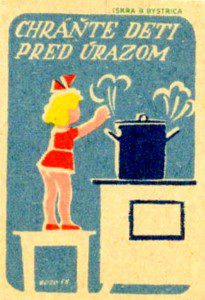
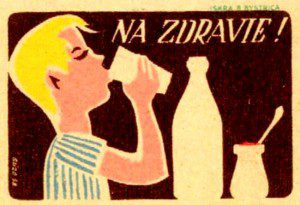
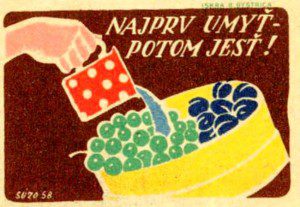
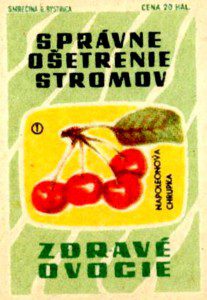
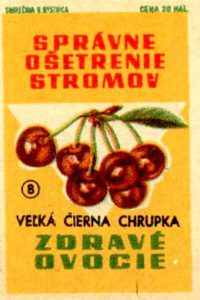
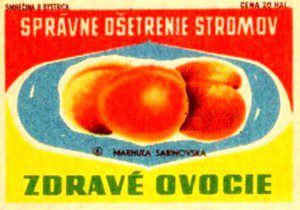
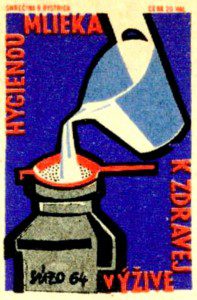
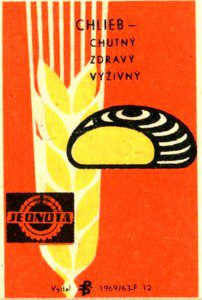
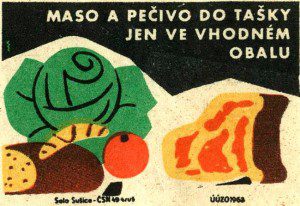
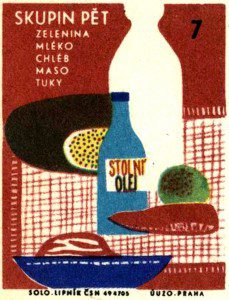
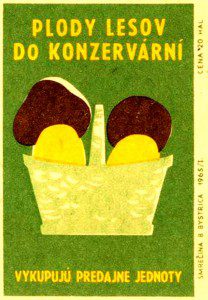
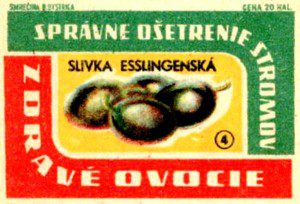
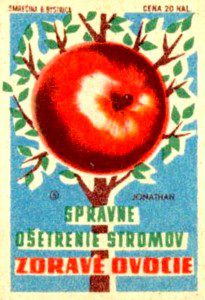
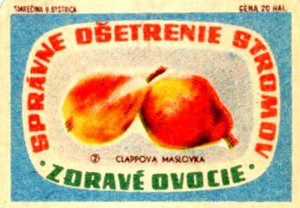
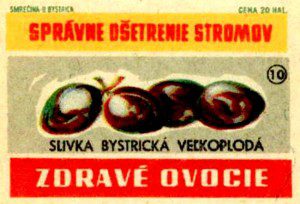
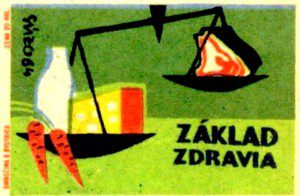
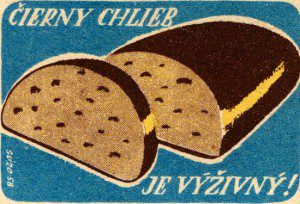
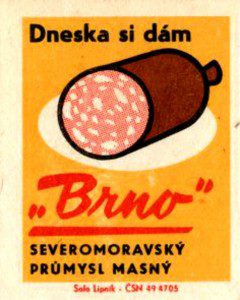
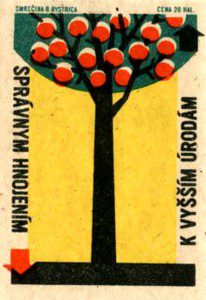
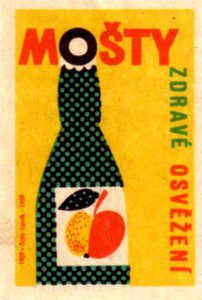
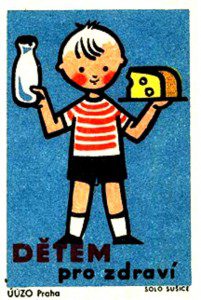
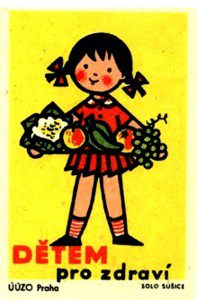
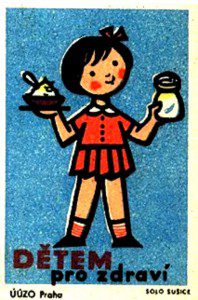
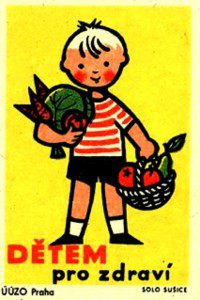
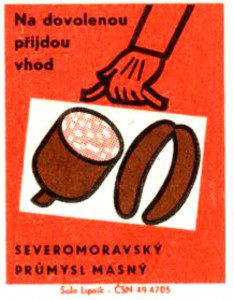
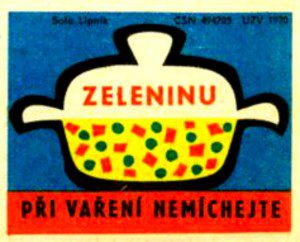
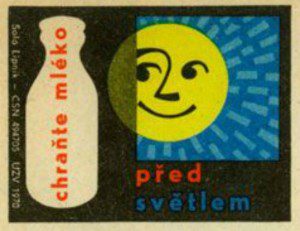
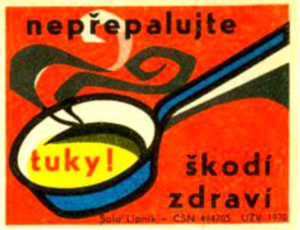
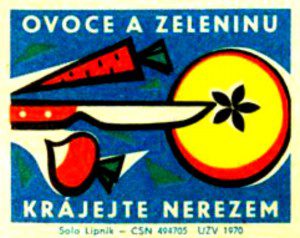
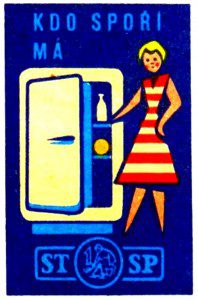
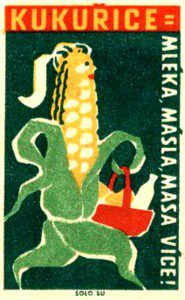
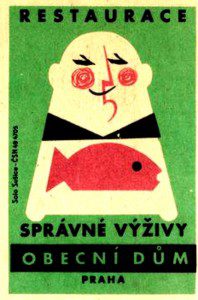
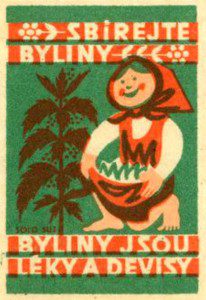
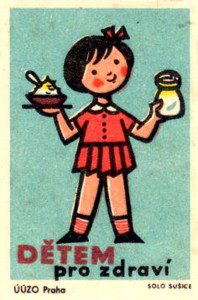
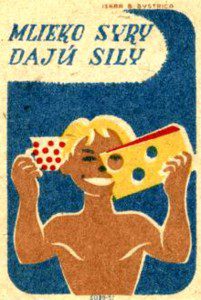
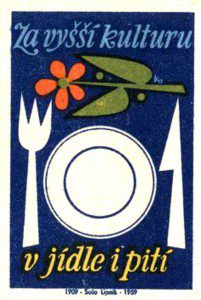
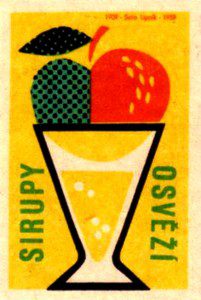
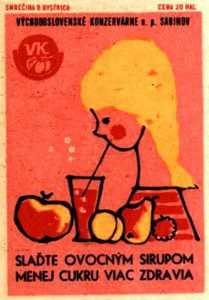
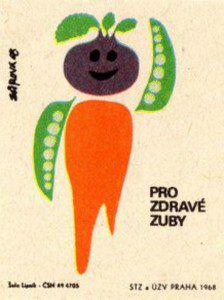
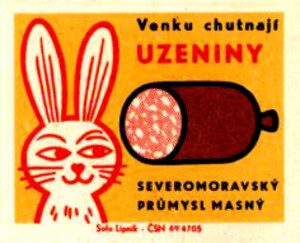
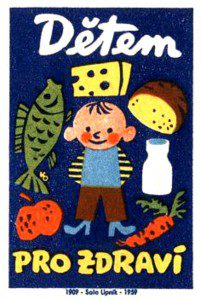
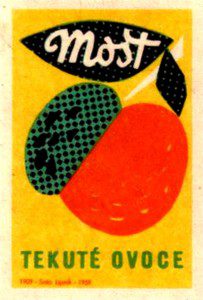
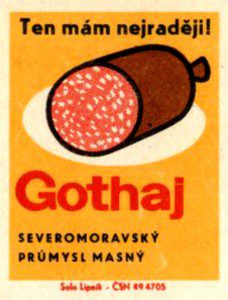
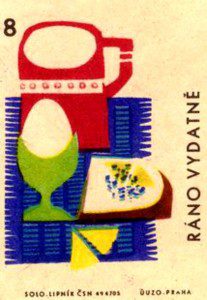
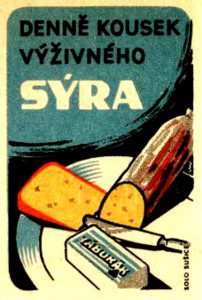
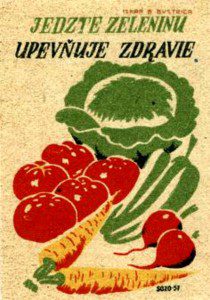
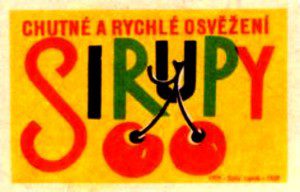





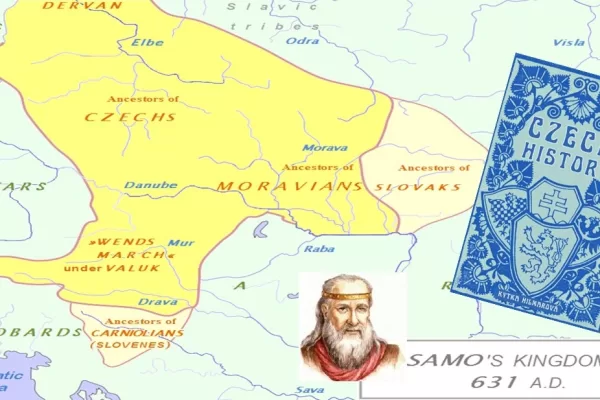















This is the best collection I’ve seen so far.
I agree that these are just awesome. Where do you find all of the cool stuff you post?